Cats: Think Paws-itive
People often believe that declawing their cat is a harmless “quick fix” for unwanted scratching. Scratching is normal cat behaviour. It isn't done to intentionally destroy your favourite chair. Cats scratch to remove the dead husks from their claws, mark territory, and stretch their muscles.
Cats are usually about 8 weeks old when they begin scratching. That is the ideal time to train kittens to use a scratching post/cat tree and allow nail trims. If you are worried about your cat damaging your home or want to avoid unwanted scratching, start with these tips:
- Keep his claws trimmed to minimize damage to household items
- Provide stable scratching posts/trees and boards around your home. Offer different materials like carpet, sisal wood and cardboard as well as different styles (vertical and horizontal). Use toys and catnip to entice your cat to use the posts/trees and boards
- Attach tape or aluminum foil to furniture to deter your cat from unwanted scratching
- Ask us about soft plastic caps like Soft Paws that are glued to your cat's nails. They need to be replaced about every six weeks.
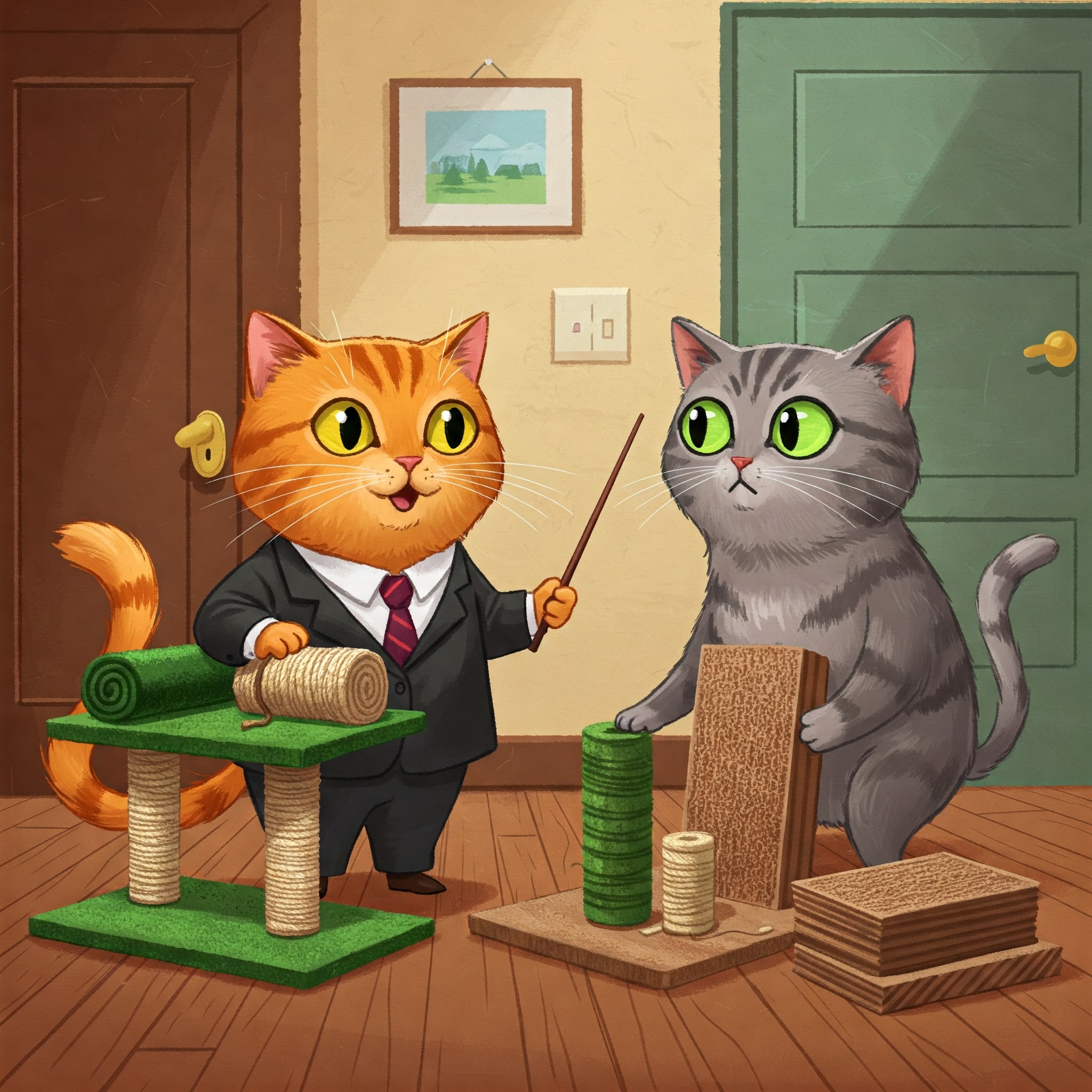
Other Articles
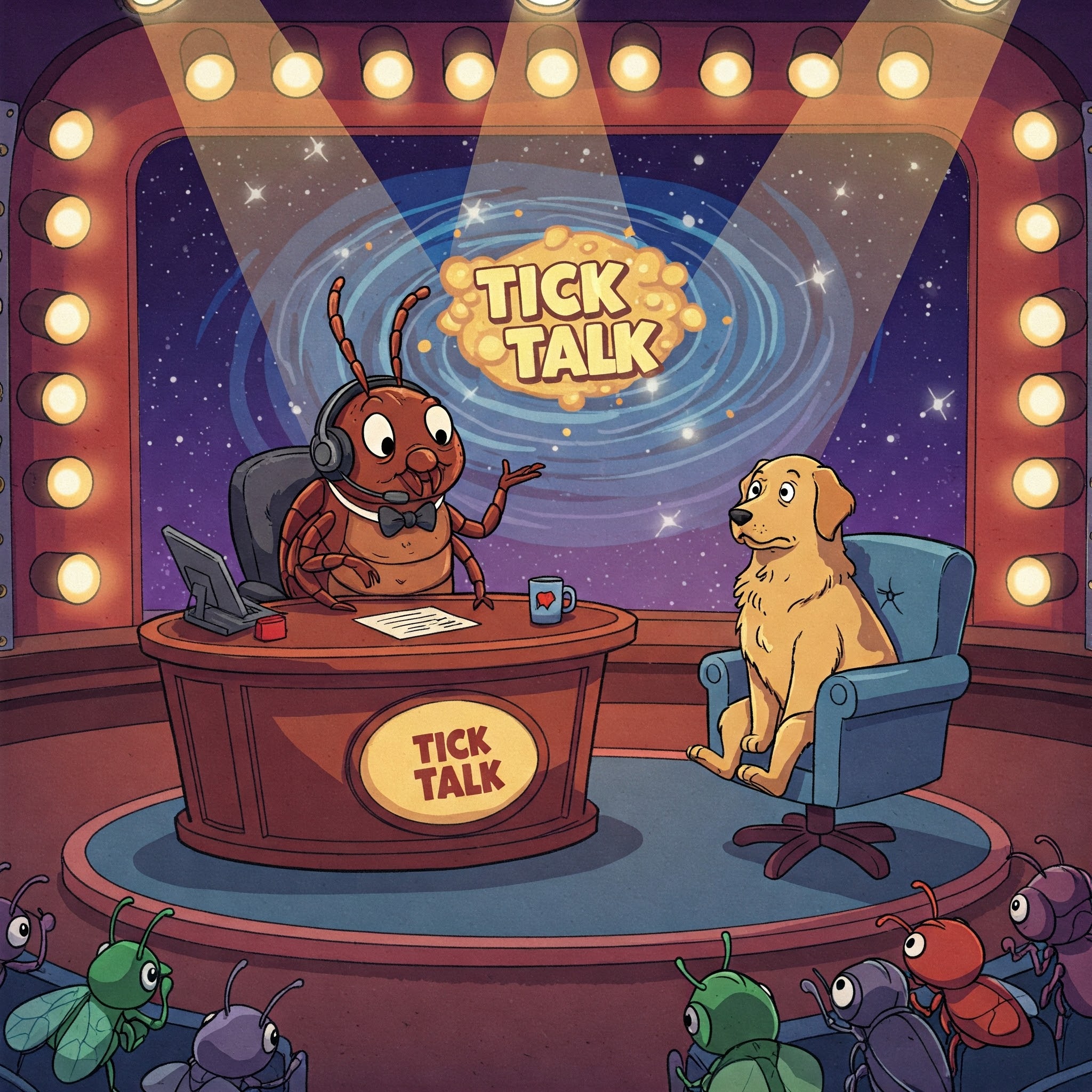
As tick populations continue to rise across Canada, pet owners are facing an increasing need to check their furry companions for these persistent pests. Ticks thrive in grassy, overgrown areas and can latch onto pets, searching for the perfect spot to feed. While their bites can be a nuisance, the bigger concern is the potential transmission of Lyme disease and other illnesses. This article explores how to identify, remove, and prevent ticks on your pets, along with the importance of regular testing and professional veterinary treatments to keep them safe.

Think you know what's in your pet's food? Think again! Many common pet food myths have been debunked, from the truth about "holistic" labels to the surprising benefits of by-products. Find out which pet food facts you can trust and which ones are just marketing fluff.

Scratching is a natural and necessary behavior for cats, but it doesn't have to mean shredded furniture. Instead of resorting to declawing, which many believe to be a quick fix, there are humane ways to manage scratching. From nail trims and scratching posts to deterrents and soft nail caps, this article explores effective strategies to keep both your cat and your home happy.
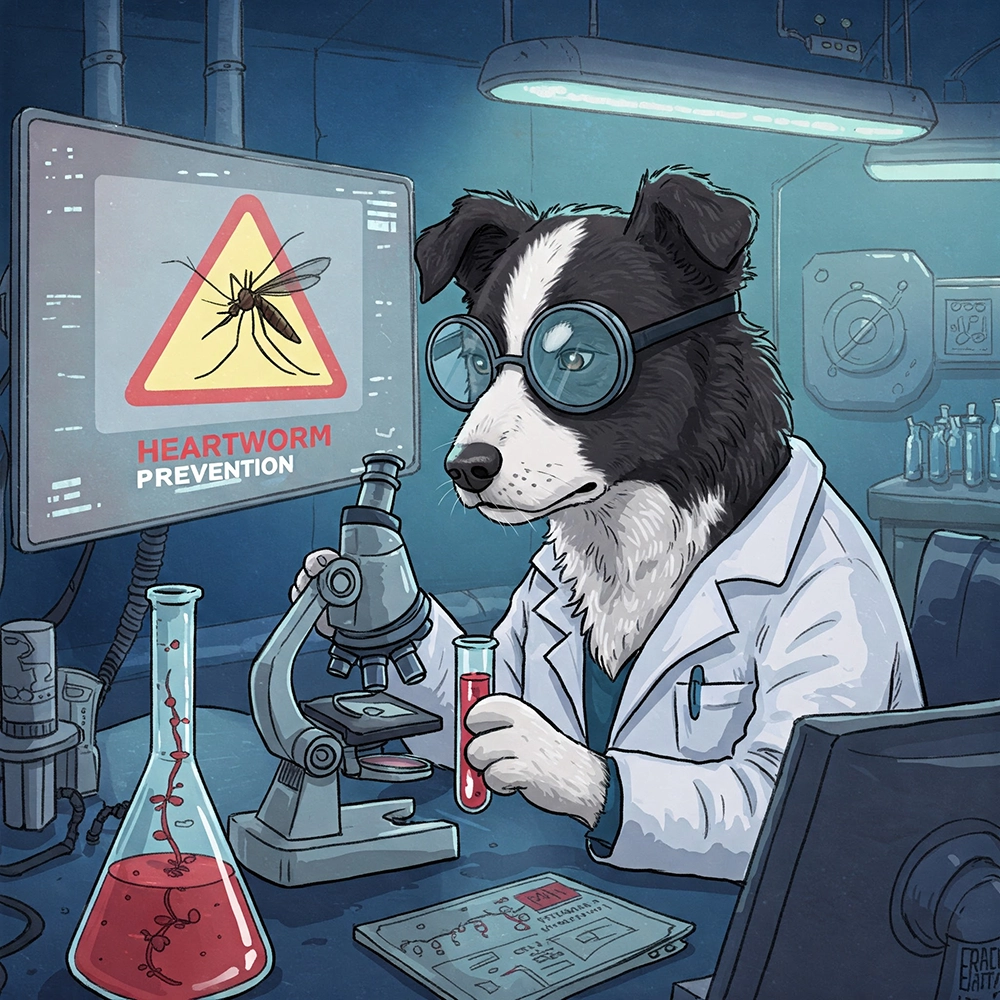
Heartworm disease is a serious condition caused by the parasite Dirofilaria immitis, impacting the heart and lungs of primarily dogs, and sometimes cats and other mammals. **Transmitted by mosquitoes, heartworm can lead to severe cardiovascular issues and potential fatality**. Testing is essential before starting preventative medication, typically given monthly from June to November.
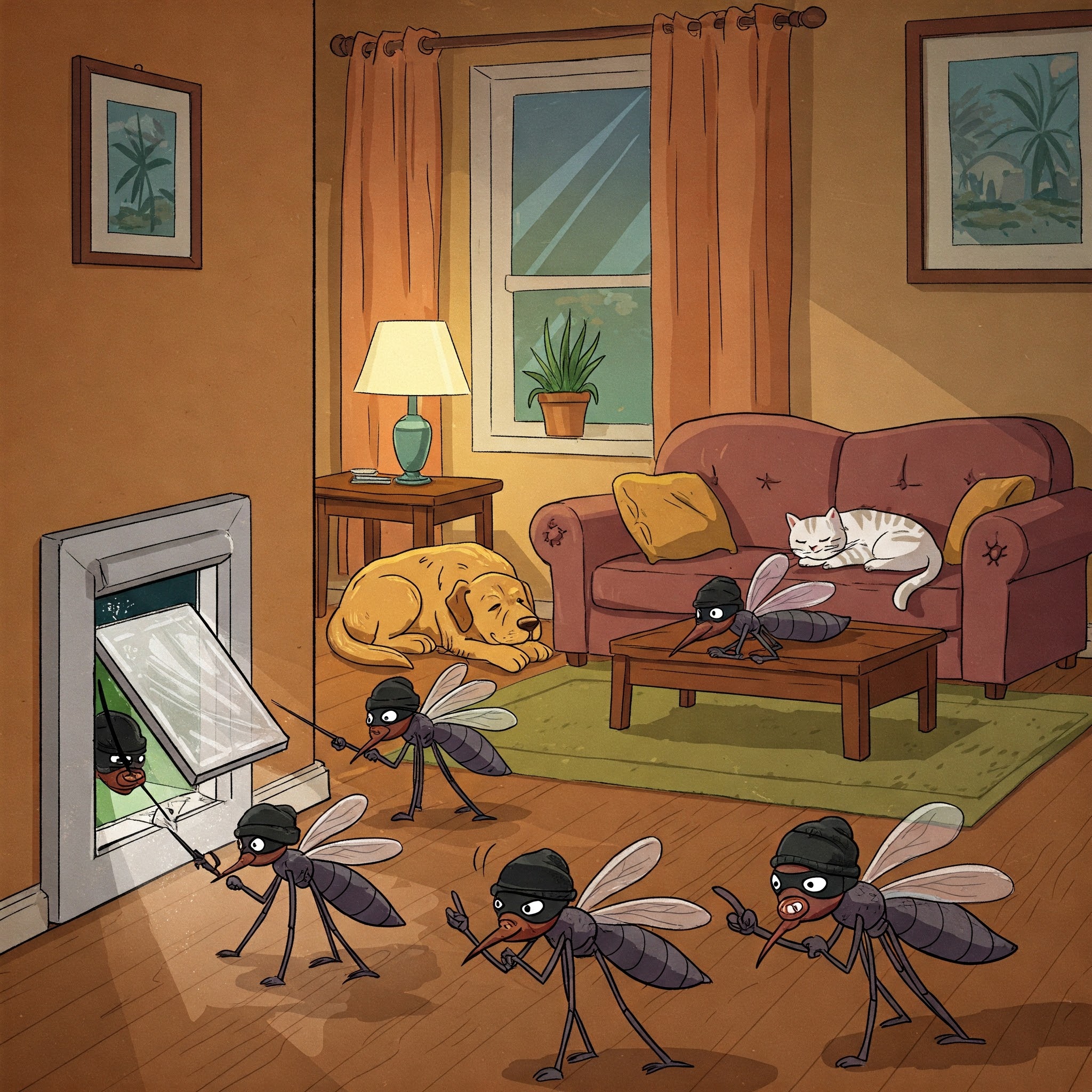
Did you know that heartworm is spread by mosquitoes and that fleas can infest even the cleanest homes? Many pet owners underestimate these parasites, but they can pose serious health risks. Whether your pet is indoor or outdoor, prevention is key. This article uncovers surprising facts about heartworm and fleas, along with essential tips to protect your furry friend.
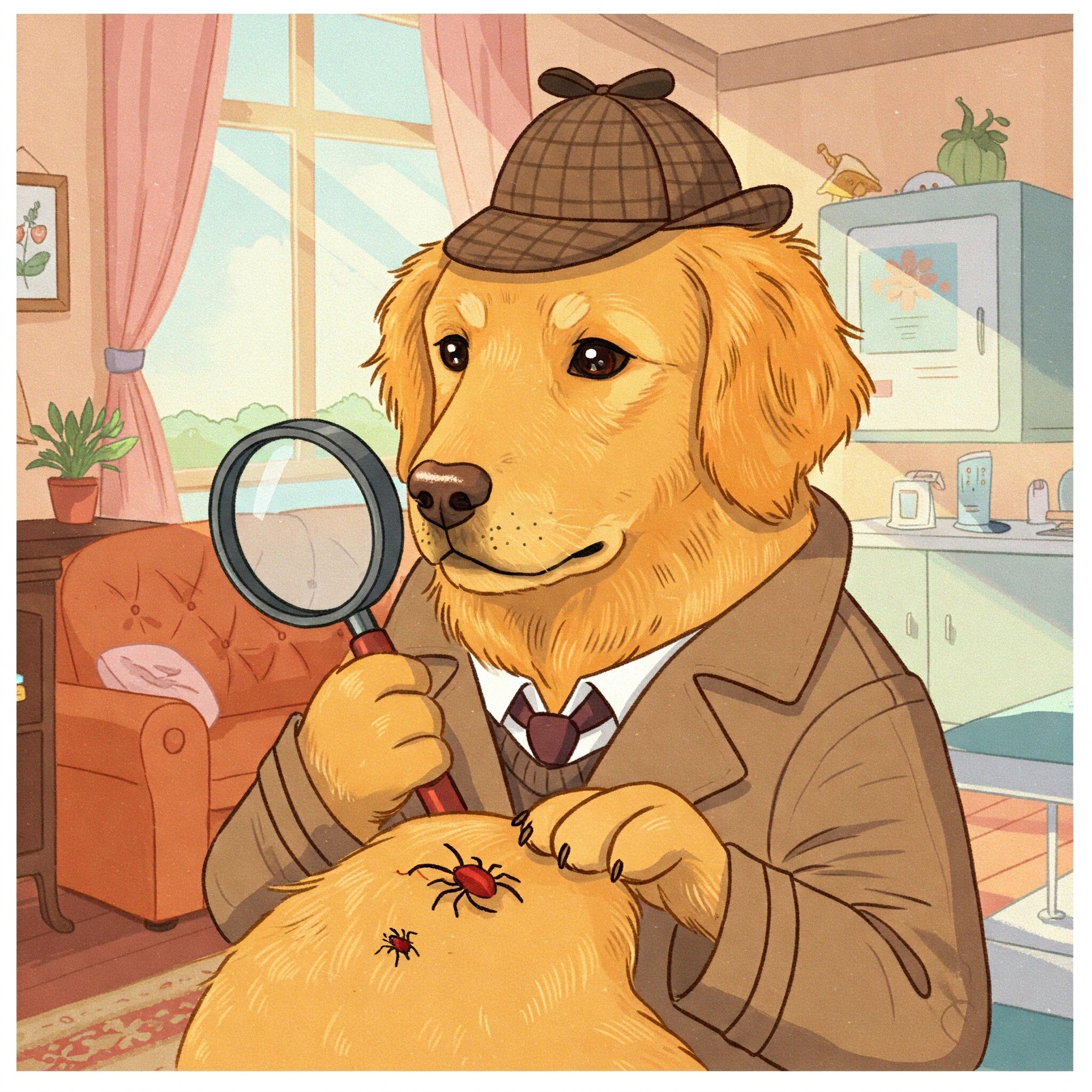
Think ticks are just tree-dwelling pests? Think again! These tiny arachnids lurk in grass, can survive year-round, and pose serious health risks to both pets and humans. From proper removal techniques to essential prevention tips, this article uncovers the unsettling truths about ticks—and how to keep your furry friend safe.

As tick populations grow due to climate change, a rare but dangerous virus is making headlines: Powassan virus. Unlike Lyme disease, which takes 24 hours to transmit, Powassan can infect you in just 15 minutes. Learn why this virus is a growing concern and how to protect yourself and your pets.